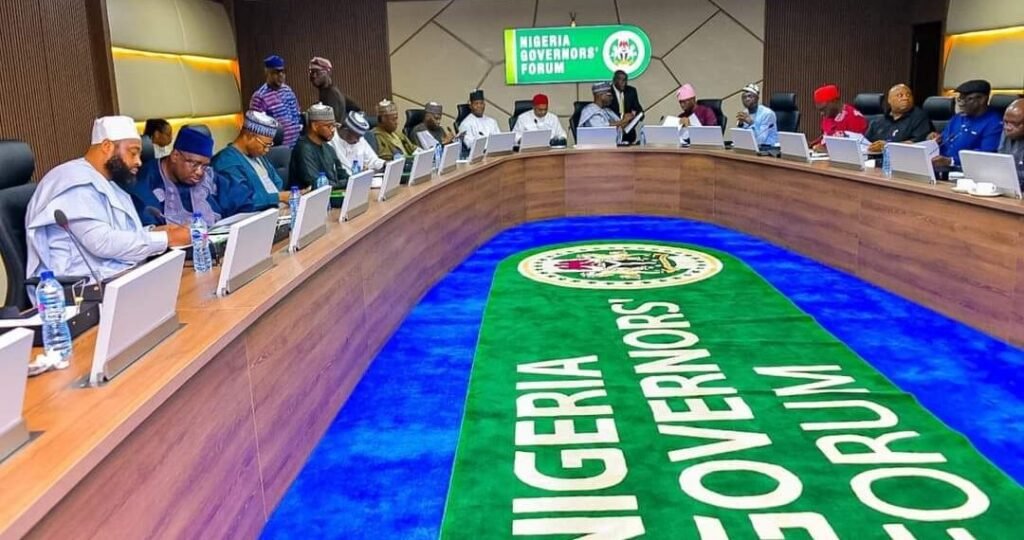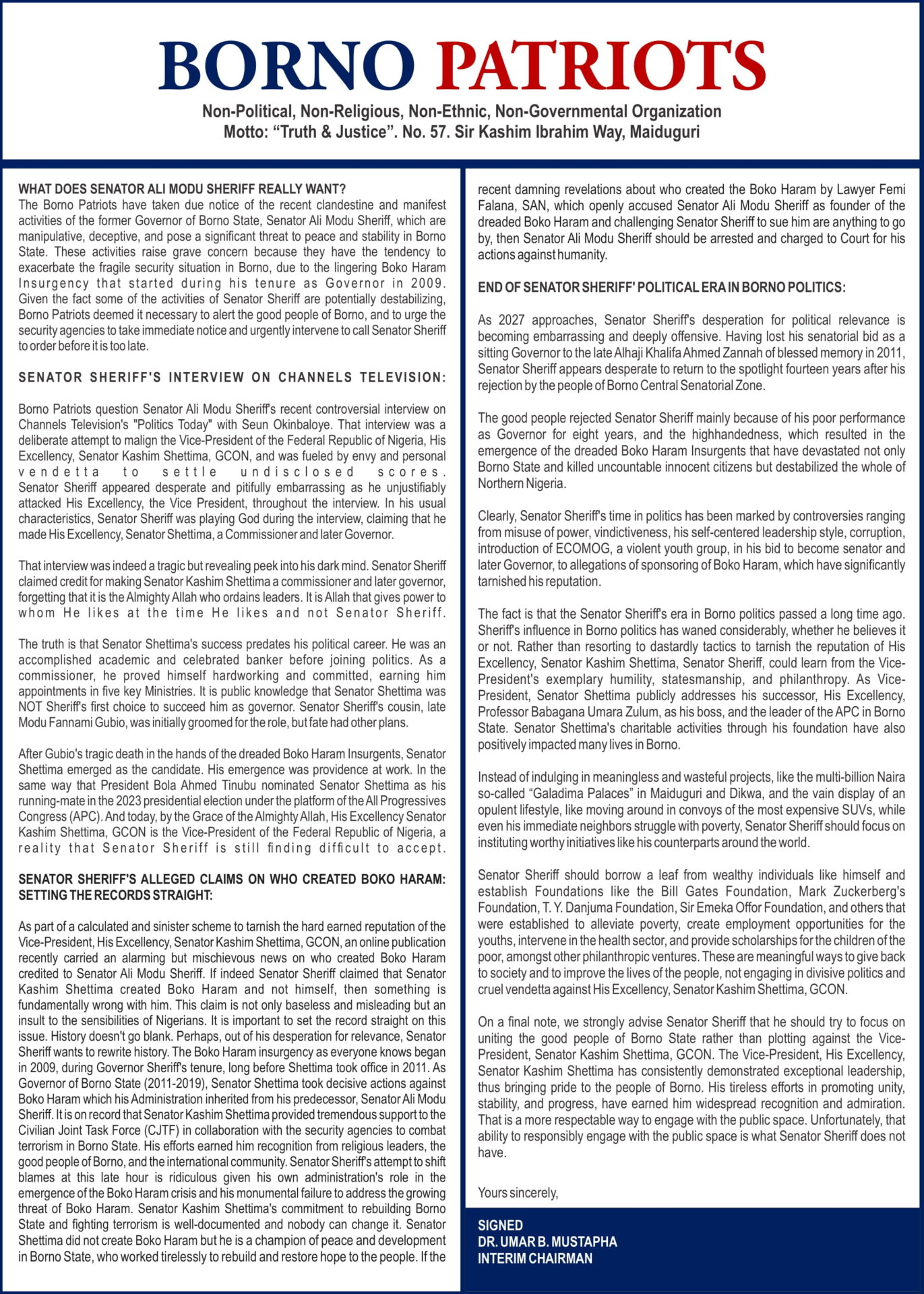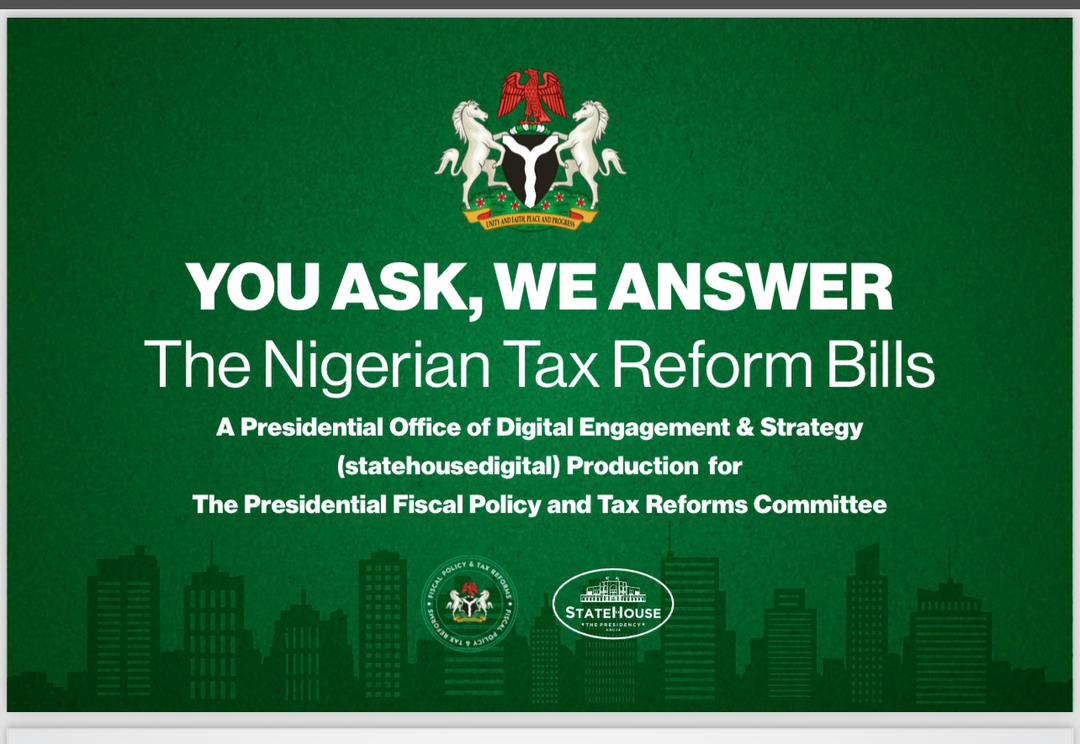THE total debt of Nigerian states has risen to N11.47tn as of June 30, 2024 despite higher allocations from the Federation Account Allocation Committee.
This is according to an analysis of data from the public debt reports released by the Debt Management Office.
The figure for the second quarter of 2024 represents a 14.57 per cent increase from the N10.01tn recorded in December 2023.
This newspaper, however, observed that the increase was driven primarily by a sharp rise in external debt, worsened by the devaluation of the naira.
External debt for the states and the Federal Capital Territory climbed from $4.61bn to $4.89bn, reflecting a 6.14 per cent increase.
However, in naira terms, this figure surged by a staggering 73.46 per cent, from N4.15tn to N7.2tn, following the devaluation of the naira from N899.39/$1 in December 2023 to N1,470.19/$1 by June 2024.
Domestic debt for states and the FCT, however, saw a significant decline of 27.12 per cent, dropping from N5.86tn to N4.27tn.
The PUNCH further observed that there was an increase of N200bn or 4.91 per cent between March 31 (N4.07tn) and June 30, 2024, which means that the subnational debt is on the rise after a fall earlier this year.
In total, states and the FCT accounted for 8.54 per cent of Nigeria’s public debt of N134.3tn in June 2024, down from their 10.29 per cent share in December 2023, even as their nominal debt levels increased.
This newspaper earlier reported that Nigeria’s total public debt stock surged by N12.6tn in three months to N134.3tn ($91.3bn) by the end of the second quarter of 2024.
This was a 10.35 per cent increase from the N121.7tn ($91.5bn) recorded in the first quarter of this year.
Also, although it looked like Nigeria’s debt is reducing in dollar terms, The PUNCH observed that there was an increase of N5.55tn or 8.45 per cent in domestic debt, from N65.65tn in Q1 2024 to N71.2tn by Q2 2024.
Also, there was an increase of $780m in external debt from $42.12 bn in the first quarter of this year to $42.9bn by June 2024.
Domestic debt continued to dominate Nigeria’s public debt portfolio in Q2 2024, accounting for 53 per cent of the total debt stock at N71.2tn ($48.4bn).
The devaluation of the naira significantly impacted the overall debt portfolio, with external obligations swelling in naira terms despite relatively modest new borrowings.
The rise in debt comes amid increased FAAC receipts, buoyed by higher oil prices and foreign exchange gains.
The Nigeria Extractive Industries Transparency Initiative recently noted that the Federation Accounts Allocation Committee disbursed N3.473tn to the three tiers of government in the second quarter of 2024.
This reflects an increase of N46.77bn (1.42 per cent) compared to the first quarter of 2024.
The Federal Government received N1.102tn, representing 33.35 per cent of the total allocation while 36 states received N1.337tn (40.47 per cent) and the 774 local government councils shared N864.98bn (26.18 per cent).
Also, nine oil-producing states received N169.26bn as their derivation share from mineral revenue.
A comparison with the previous quarter shows that the Federal Government’s allocation decreased by N41.44bn (3.76 per cent), while state governments saw an increase of N58.13bn (4.29 per cent), and local government councils experienced a rise of N30.82bn (3.57 per cent).
NEITI noted an upward trend in revenue allocations in the latter months of 2023 and early 2024. Total monthly disbursements increased from N1.094tn in January 2024 to N1.098tn in February but then declined slightly to N1.065tn in March.
On state-by-state allocations, Delta received the largest share of allocations in Q2 2024, with a gross allocation of N137.36bn, including oil derivation, Lagos followed with N123.28bn and Rivers came in third with N108.104bn. Nasarawa, Ebonyi, and Ekiti states received the least, with N24.735bn and N25.40bn, respectively.
This newspaper further observed that within Q1 and Q2 2024, Rivers State recorded the highest percentage increase in debt during the period under review.
The state’s debt rose by 67 per cent, jumping from N232.58bn in March to N389.20bn in June, an increase of N156.62bn.
Similarly, Taraba State’s debt surged by 160 per cent, rising from N32.64bn to N84.72bn, a difference of N52.08bn.
Niger State followed with a 70 per cent increase, adding N60.22bn to its March debt stock of N86.07bn, bringing its total to N146.29bn by the end of June.
These sharp increases highlight a significant reliance on borrowing to finance government projects and other commitments, raising concerns about the sustainability of such debt levels.
Lagos State, which continues to carry the highest debt burden among the states, saw a 5 per cent decline in its debt stock. The state reduced its domestic debt from N929.41bn in March to N885.99bn in June, reflecting a decrease of N43.42bn.
States such as Benue, Kwara, and Nasarawa recorded little to no significant changes in their debt profiles. Benue’s debt stock saw a negligible increase of N144.24m, while Kwara’s dropped slightly by N23.12m. Nasarawa recorded a marginal decline of 187.64m during the same period.
In contrast, Delta State achieved one of the largest reductions in debt stock, decreasing its domestic debt by N30.36bn, representing a 9 per cent drop from N334.90bn in March to N304.54bn in June. Bayelsa and Ebonyi states also managed to reduce their debts by 6 per cent and 9 per cent, respectively.
Since the DMO did not release any data on the external debt of states for March 2024, The PUNCH focused an analysis of reports for December 2023 and June 2024 and.
Lagos State continued to top the external debt chart, but its debt decreased slightly from $1.24bn in December 2023 to $1.20bn in June 2024, representing a 3.44 per cent reduction (a decrease of $42.8m).
Yobe State, on the other hand, remained the state with the lowest debt. Its external debt dropped marginally from $21.49m in December 2023 to $20.49m in June 2024, a 4.63 per cent reduction.
Enugu State recorded the most significant debt reduction during the period, slashing its debt by 32.83 per cent, from $120.45m in December 2023 to $80.91m in June 2024. This substantial reduction of $39.54m highlights deliberate debt repayment or restructuring efforts.
Similarly, Gombe State reduced its debt by 35.49 per cent, falling from $54.88m to $35.40m, a difference of $19.48m.
Rivers State recorded the most significant debt increase, rising by 151.80 per cent, from $80.94m in December 2023 to $203.81m in June 2024, an increase of $122.86m.
Borno State’s debt also grew substantially, increasing by 136.90 per cent from $20.49m in December 2023 to $48.54m in June 2024, equating to a rise of $28.05m.
Katsina State followed closely with a 124.57 per cent increase, as its debt rose from $50.31m to $112.98m, a difference of $62.67m.
This earlier earlier reported that debt servicing costs incurred by 29 state governments consumed 80.7 per cent of their Internally Generated Revenue during the first six months of 2024.
With such a large portion of revenue being used to service debt, it becomes increasingly challenging for states to achieve long-term economic stability and improve the quality of life for their residents.






